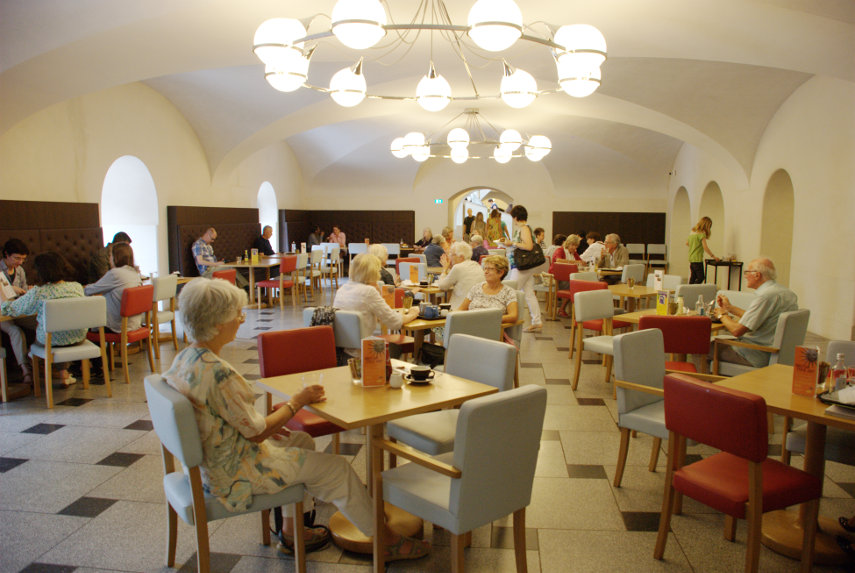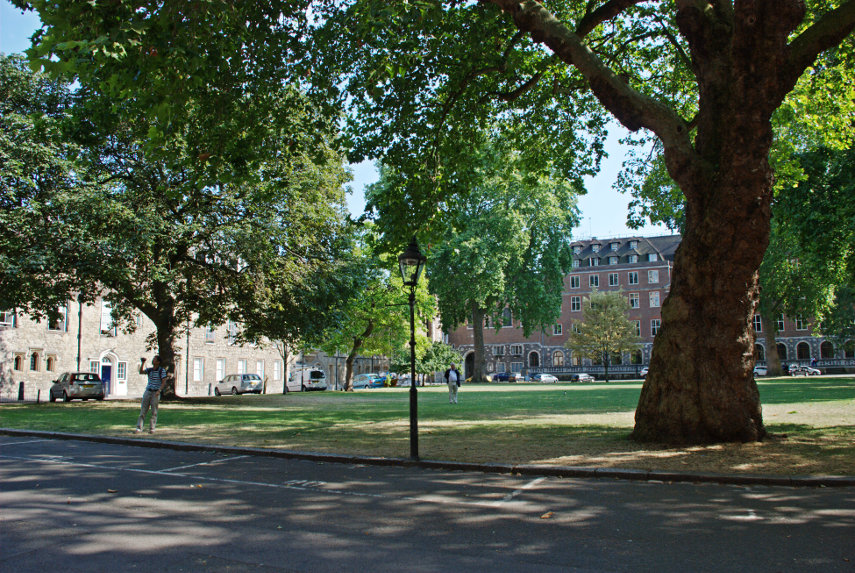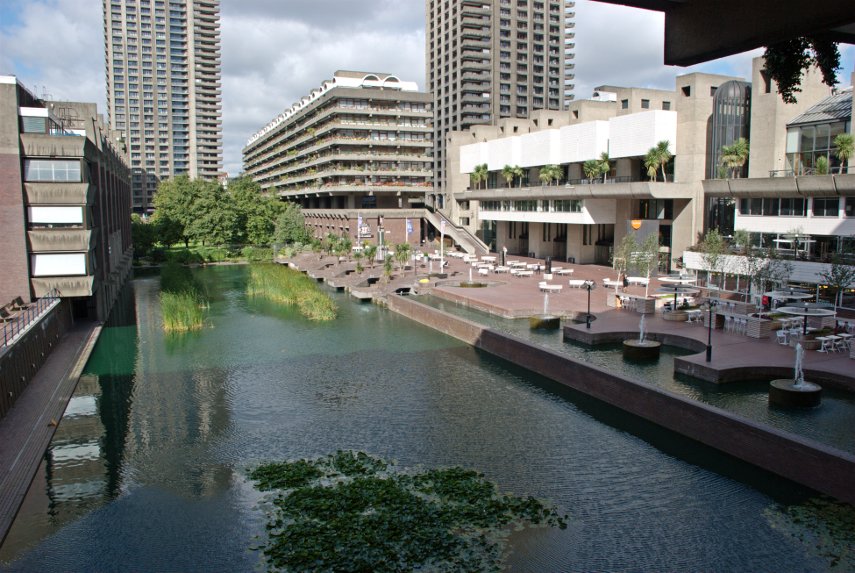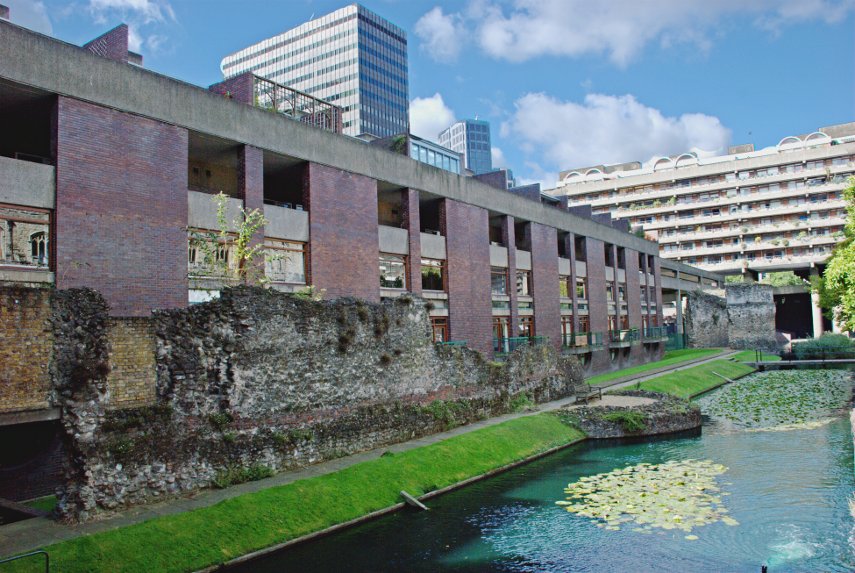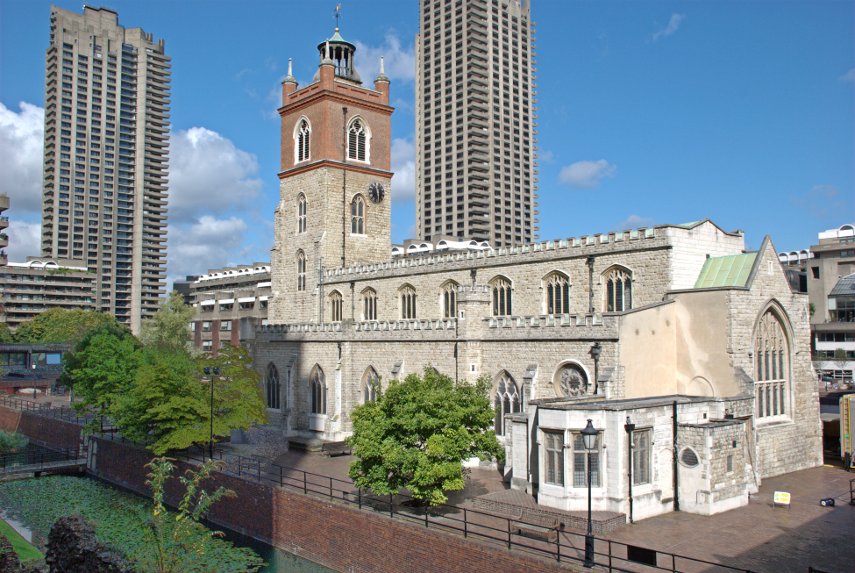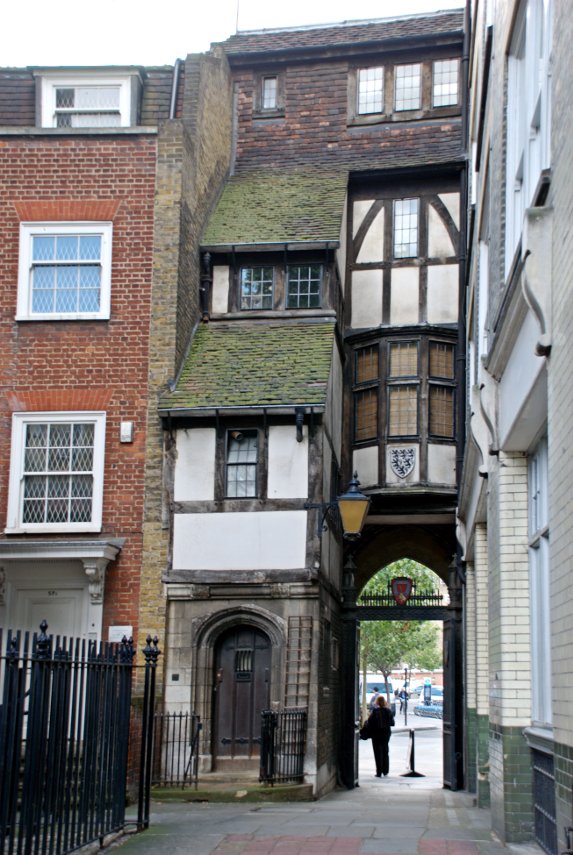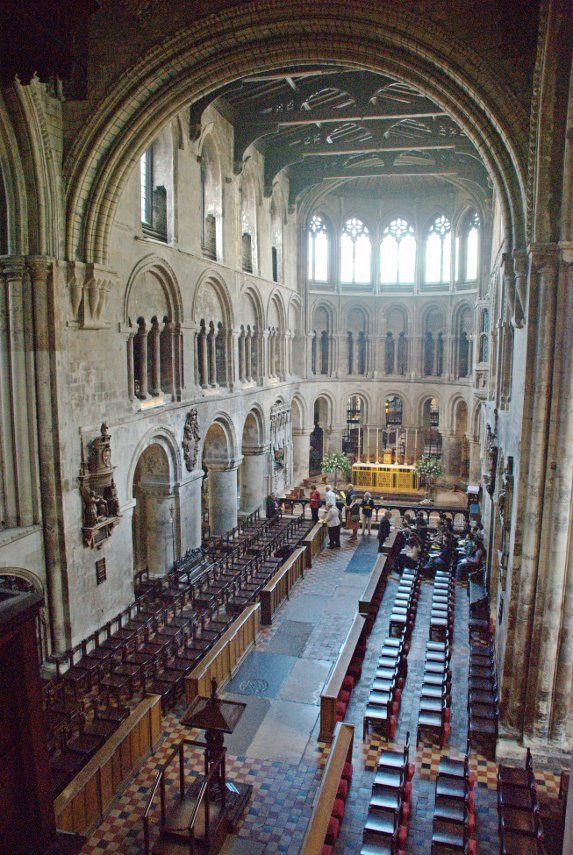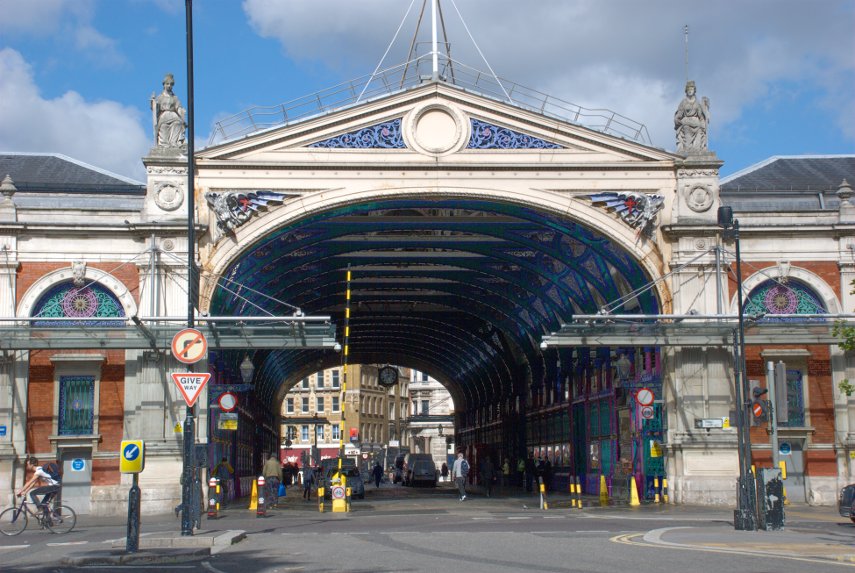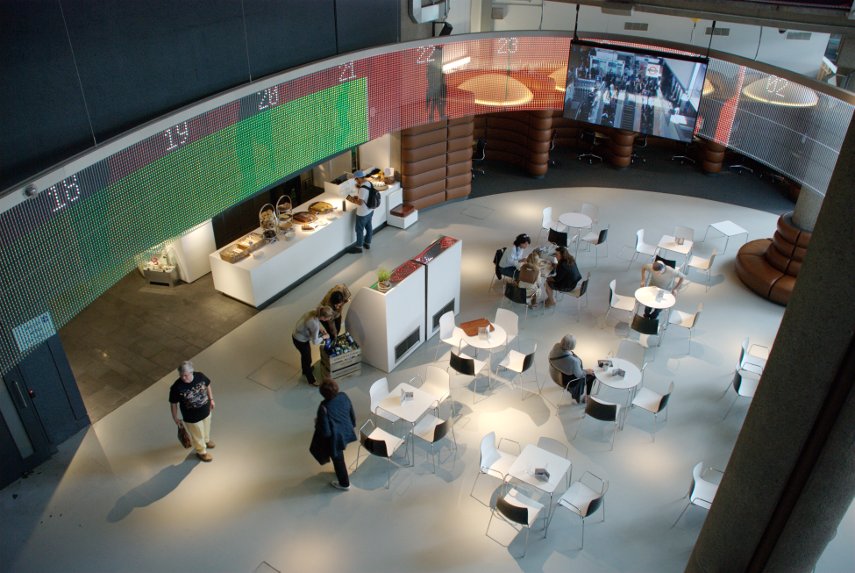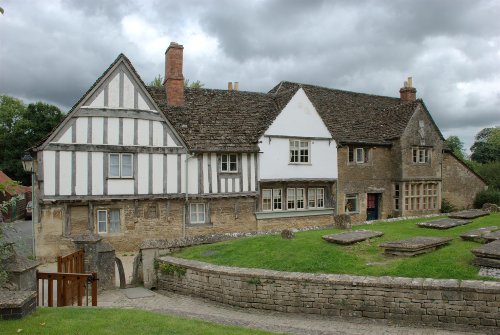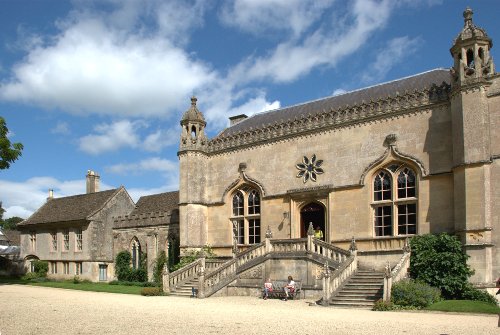We have a Tate à Tate and Barry goes to heaven.
Wednesday. Train from our local station to Stratford. Change on to the Jubilee Line and thence to Waterloo Station where we once again emerged into daylight. We headed north and found ourselves on the approach to Waterloo Bridge over the Thames and then, off to our left we saw this.
The Royal Festival Hall with the London Eye and Big Ben in the background. However we weren't looking for the Royal Festival Hall but it does act as a guide. What we were looking for was the Queen Elizabeth Hall which is next to it.
Amanda spotted some steps which appeared to be going up into Queen Elizabeth Hall so we hopped up those. Well I was speaking figuratively and we didn't actually hop, you understand, as it would have been difficult going up stairs on one leg and old legs at that. Then I spotted an open door with some greenery beyond. Going through the door we weren't surprised to find a garden because that is what we had come here to see.
The top picture shows the path we came in on to this point and the second picture shows the way on. This is on the roof of the Queen Elizabeth Hall and there are even tables and chairs where you can sit awhile and buy a snack and a drink from that grey/green shed at the back if you so choose.
From the far end of the roof we had this view over the river showing one of the piers where you can get on the Thames Clippers and there is also Hungerford Bridge which, although a railway bridge, has pedestrian walkways on each side.
If you happen to be in this area then the roof garden is worth a visit.
Turning to our left gave us this view of the other end of the Royal Festival Hall.
We had heard that people can just pop in to the the foyer area and use the facilities so we put it to the test. We went down, on a bright yellow spiral stairway, to riverside level and walked in. Easy Peasy so far. There seemed to be a good number of people sitting around in comfortable seating chatting or just using their laptops and, what is more, there were toilets.
There were different levels and we didn't feel like interlopers so it does seem to be open to the public. There is also a snack bar.
Time to move on. We walked east along the Thames-side path, past the Oxo Tower which we visited last time, to the Tate Modern. We have been here before but didn't see much more than the old Turbine Hall so we were going to look round the galleries this time.
We looked round a number of the galleries and I list below photographs of everything that has merit.
Oh! Just the Turbine Hall then. Enough said.
We left via the Turbine Hall and walked a short way further east. Time to catch the bus – but not one of those red double deck buses as we are going on a river bus to Tate Britain. The 'buses' have different routes and different designations e.g. the one we wanted was the 'Tate to Tate' and its designation was RB2. There are electronic displays on each pier which give arrival times for the next buses and their designations. If you have a Travel Card or an Oyster Card then showing them when you pay will get you a 33% discount. If you have a London Bus Pass (London Residents only) then that will get you a 50% discount.
Our fare was £4.50 each with the discount. We didn't have long to wait and we were off. The seats are comfortable and this photograph shows only a quarter of the accommodation as there is just as much off to the right hidden by the structure and as much again behind me.
We had a good view of the Tate Modern on the way upstream.
We passed under the Millenium Bridge then Blackfriars Station/Bridge
We were there in what seemed like no time at all and watched our 'bus' leave for its final stop at Vauxhall.
We left the pier and walked the short distance to Tate Britain.
It is a nice building, and entry is free, but before we started to look round we wanted lunch, it was 1 o'clock, so we found the restaurant.
A pleasant place for a meal and the food was good BUT the portions were very small. I, for example, had Fishcake with Mushy Peas (£8) and that is all that was on my plate – nothing extra such as salad or potatoes. Amanda had Crispy Lamb (£7) with Radicchio Salad and Goats Cheese and Potato Crumble. There was not much of the salad and the crumble was little more than a sprinkling of garnish. Choice of desserts were limited but we had a slice of cake each.
Having finished lunch we ventured forth to look around. It is a nice building and the main rotunda is quite spectacular featuring a rather interesting staircase.
We found another interesting staircase in another part of the building.
We weren't going to be able to look at everything so we chose a particular period which included John Constable.
I've chosen to show that particular Constable because we used to have a print of it hanging in our sitting room which we had inherited from my parents but it wasn't a very good one so we disposed of it. This version is much better. ![]()
Time was getting on and we had some more places to visit yet so we left the Tate and walked north-west up to Victoria Street and Westminster Cathedral. Do not confuse this with Westminster Abbey. The foundation stone was laid in 1895 and the fabric of the building was finished in 1903. The design was of the Early Christian Byzantine style by the Victorian architect John Francis Bentley. It still isn't finished although it would appear so with a cursory glance. It is a striking building and certainly worth a visit. Entry is free.
Whilst we were in there I asked if I could go up to heaven and an angel in the guise of a young lady from the gift shop agreed to take me up in the lift. She left me there and returned to earth. I could tell I was in heaven because of the views.
There a number of well known landmarks in that last picture – can you spot them.
Unfortunately the authorities in heaven decided that I couldn't stay because I hadn't been good enough so I was sent back to earth for some more practice. You can't win them all.
As we were getting ready to leave for our next destination we chanced to see a young man with a hawk which was used for scaring the pigeons away from the area which it certainly did. It was a Harris Hawk.
We caught a No. 11 bus in Victoria Street and made the short journey to Westminster Abbey where we were hoping to see a part of the abbey where entry was free after 4:30 PM and we arrived there just after half past four. Walking towards the West Front we turned right under an arch into the Dean's Yard. This is it:
Turning sharp left inside the yard there is an open doorway with an attendant on guard whom you should ask to visit the Cloisters and he should let you pass.
Note the difference in the roof profile on different sides of the quadrangle. If you follow the signs you may also visit the College Gardens. I have also heard that you can get in to the Cloisters free on weekends after 2:30 PM but we haven't tested that yet. You can try it if you like and do let me know if you get in.
We decided that we were getting tired and chose to head home. We walked to St. James's Park Station and on the way saw this.
A number of visitors seem interested in seeing this rotating sign, I don't know why, so I thought I'd include it. I hope that you are suitably interested.
Time to go home.















